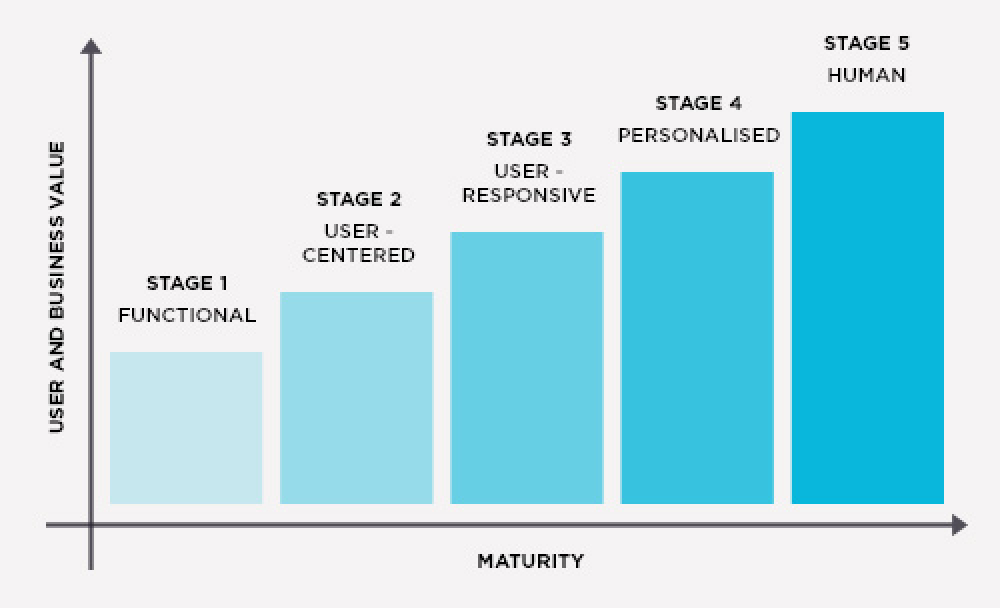A new life stage of maturity for User Experience
05 Jan 2017

We've talked at length about GDPR. Rather than signalling the death of marketing, we believe the new laws will nurture a better relationship between brands and consumers, and establish a new life stage of maturity for UX.
Benefits for brands
Today, a large volume of consumer data is collected and used for marketing – behavioural tracking and retargeting for example.
The fear with GDPR for brands is that they will lose the ability to profile and market to people. Only 17% of people say they will be happy to continue receiving information from all organisations that currently contact them. Yet it will encourage brands to explain more clearly what they’re doing and the value they can bring. As a result, the brands which people choose to share data with will have a closer bond with their audience.
Benefits for consumers
Consumer trust in brands’ use of their data has been eroding. 72% of UK consumers are concerned about the way brands and businesses use the data they share with them.
However, 68% are happy to provide personal information online to companies so long as they get what they want. Publishers know that the protection of our data is not as strong as our desire for content.
The fear with GDPR for consumers is that they will have to constantly give explicit permission, or that no consent means no content. Handled well, browsers and operating systems will learn what level of data sharing people are happy with. And brands will respect their choices, delivering a fair exchange of content for data.
A new stage of maturity for UX
User interfaces have evolved from purely functional experiences to user-centred, user-responsive and personalised experiences.
STAGE 1: Functional - experiences where functionality exists but it’s not user-centred
An example is the good old command prompt.
STAGE 2: User-centred – experiences designed with the user in mind but no dynamic feedback or personalisation
An example is GOV.UK.
STAGE 3: User-responsive – experiences with dynamic feedback to user interactions but not personalised
An example is Twitter’s sign up form.
STAGE 4: Personalised – experiences that use data tracking to deliver personalisation but with little control in the hands of the user
An example is Amazon.
We foresee that the new laws will help to improve UX from merely personalised to a 5th stage of more human experiences.
These will continue to deliver a personalised experience, yet will be respectful of privacy preferences, clear on data use with user benefit, and include an opt-out. This represents a new life stage of maturity for UX, and a better relationship between brands and consumers.

Please login to comment.
Comments